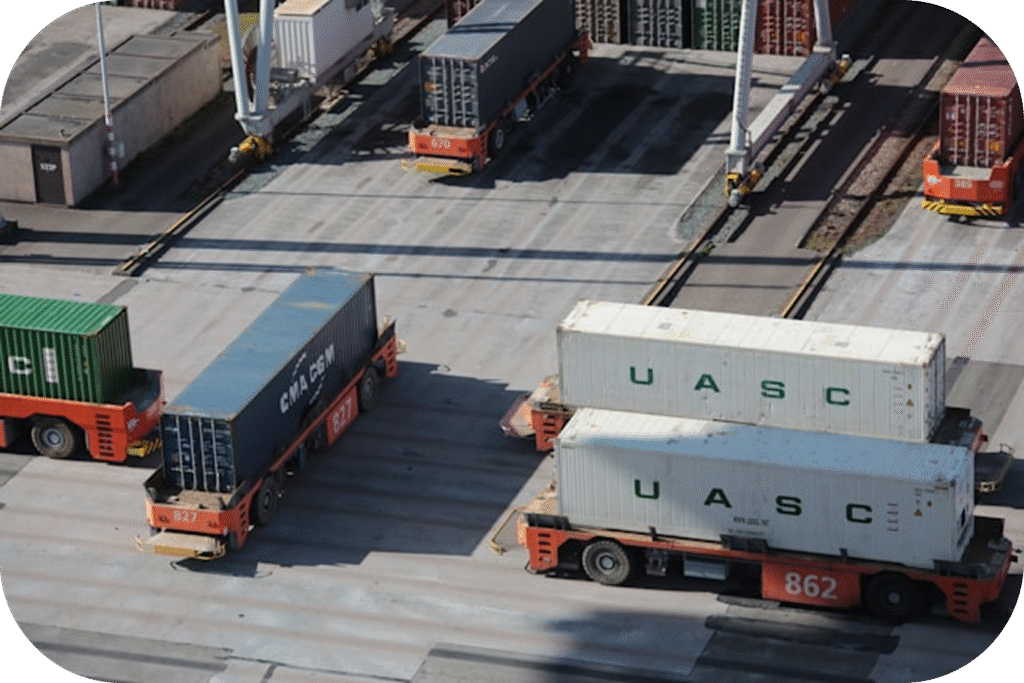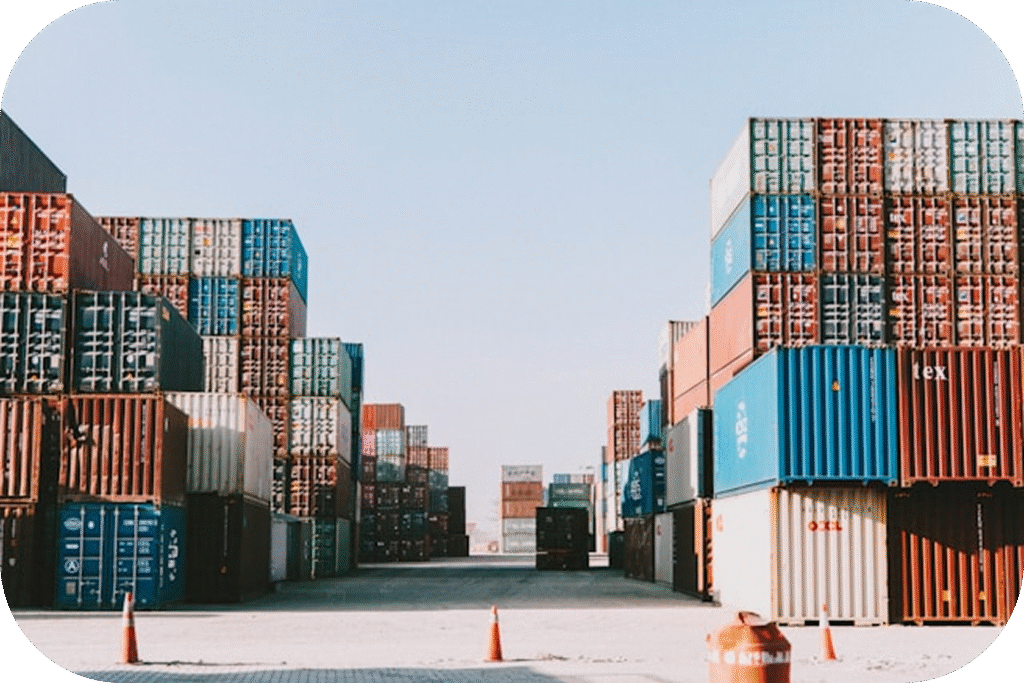In the complex world of temperature-sensitive goods transportation, maintaining product integrity while navigating stringent regulatory frameworks requires expertise, precision, and unwavering attention to detail. Panduan Penting Regulasi Cold Chain have become increasingly critical as global trade in pharmaceuticals, biologics, and perishable foods continues to expand. Organizations that successfully master the regulatory requirements for food logistics and pharmaceutical industry gain significant competitive advantages while protecting public health and ensuring product efficacy.
Understanding Cold Chain Compliance Fundamentals
Cold chain compliance encompasses the comprehensive set of regulations, standards, and best practices that govern the transportation, storage, and handling of temperature-sensitive products. These guidelines ensure that products maintain their required temperature ranges throughout the entire supply chain journey, from manufacturer to end consumer.
The stakes in cold chain compliance are exceptionally high. A single temperature excursion can render pharmaceuticals ineffective, compromise food safety, or result in significant financial losses. Regulatory violations can lead to product recalls, legal penalties, and irreparable damage to brand reputation. Understanding Panduan Penting Regulasi Cold Chain is not merely about following rules—it’s about safeguarding human health and maintaining business viability.
Regulatory Landscape for Pharmaceutical Logistics
The pharmaceutical industry operates under some of the most stringent cold chain regulations globally. The FDA’s 21 CFR Part 11 requires electronic records and signatures for temperature monitoring systems, while Good Distribution Practice (GDP) guidelines mandate specific protocols for pharmaceutical storage and transportation.
The World Health Organization (WHO) has established comprehensive guidelines for temperature-controlled pharmaceutical products, including requirements for qualification, validation, and continuous monitoring throughout the distribution process. European Union regulations under the European Medicines Agency (EMA) add additional layers of compliance requirements for companies operating in international markets.
Organizations that master the regulatory requirements for food logistics and pharmaceutical industry understand that pharmaceutical cold chain compliance extends beyond simple temperature monitoring. It encompasses documentation protocols, personnel training, equipment validation, and comprehensive quality management systems that demonstrate continuous compliance throughout the supply chain.
Food Industry Compliance Standards
Food logistics operates under equally demanding regulatory frameworks designed to protect public health and ensure food safety. The Food Safety Modernization Act (FSMA) in the United States has transformed food transportation requirements, mandating specific temperature controls, sanitation procedures, and record-keeping protocols.
HACCP (Hazard Analysis and Critical Control Points) principles form the foundation of food cold chain compliance, requiring systematic identification of potential hazards and implementation of preventive measures. The Global Food Safety Initiative (GFSI) benchmarks various international food safety standards, creating unified approaches to compliance across different markets.
Panduan Penting Regulasi Cold Chain for food logistics include maintaining proper temperature documentation, ensuring equipment calibration, implementing effective cleaning and sanitization procedures, and establishing robust traceability systems that can quickly identify and isolate contaminated products if issues arise.
Technology Solutions for Compliance Management
Modern cold chain compliance relies heavily on sophisticated technology solutions that provide real-time monitoring, automated alerts, and comprehensive documentation capabilities. IoT-enabled sensors continuously monitor temperature, humidity, and other environmental conditions, creating detailed audit trails that demonstrate compliance throughout the transportation process.
Cloud-based monitoring platforms enable real-time visibility into shipment conditions, allowing logistics providers to respond immediately to temperature excursions or equipment failures. Advanced analytics identify patterns and trends that help optimize cold chain operations while maintaining strict compliance standards.
Blockchain technology is emerging as a powerful tool for cold chain compliance, creating immutable records of temperature data and handling procedures that provide unprecedented transparency and accountability throughout the supply chain.
Risk Management and Contingency Planning
Effective Panduan Penting Regulasi Cold Chain must include comprehensive risk management strategies that address potential failures in transportation, storage, and handling processes. This includes developing detailed contingency plans for equipment failures, power outages, transportation delays, and other scenarios that could compromise product integrity.
Risk assessment protocols help identify vulnerable points in the cold chain where compliance failures are most likely to occur. By proactively addressing these risks through redundant systems, backup procedures, and emergency response protocols, organizations can maintain compliance even when unexpected challenges arise.
Documentation and Record-Keeping Requirements
Compliance documentation forms the backbone of any successful cold chain operation. Regulatory authorities require detailed records of temperature monitoring, equipment calibration, personnel training, and deviation management. These records must be accurate, complete, and readily accessible for regulatory inspections.
Electronic documentation systems streamline record-keeping while ensuring data integrity and compliance with regulatory requirements. Automated reporting capabilities reduce administrative burden while providing real-time compliance status updates to stakeholders throughout the organization.
Training and Personnel Qualification
Human factors play a crucial role in cold chain compliance success. Personnel handling temperature-sensitive products must receive comprehensive training on regulatory requirements, proper handling procedures, and emergency response protocols. Organizations that master the regulatory requirements for food logistics and pharmaceutical industry invest heavily in ongoing education and certification programs for their workforce.
Regular training updates ensure that personnel stay current with evolving regulations and industry best practices. Competency assessments verify that staff members understand and can effectively implement compliance procedures in real-world situations.
Quality Management Systems Integration
Panduan Penting Regulasi Cold Chain must be integrated into broader quality management systems that encompass all aspects of logistics operations. ISO 9001 quality management principles provide frameworks for continuous improvement, while industry-specific standards like ISO 13485 for medical devices add specialized requirements for temperature-sensitive healthcare products.
Regular internal audits and management reviews ensure that compliance systems remain effective and current with evolving regulatory requirements. Continuous improvement processes identify opportunities to enhance compliance while reducing operational costs and complexity.
Conclusion: Building Compliance Excellence
Cold chain compliance represents a critical competitive differentiator in temperature-sensitive logistics. Organizations that proactively master the regulatory requirements for food logistics and pharmaceutical industry through comprehensive compliance programs position themselves as trusted partners capable of handling the most demanding shipments.
Contact our cold chain compliance specialists today to discover how our expertise and technology solutions can help your organization achieve and maintain the highest standards of temperature-sensitive logistics compliance.




